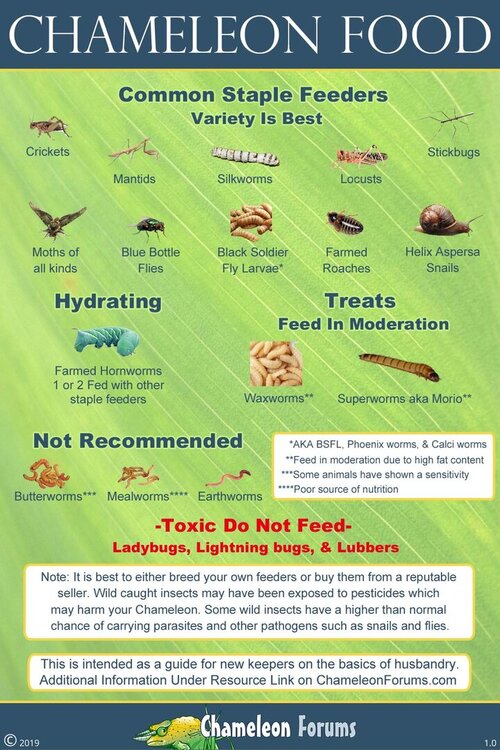Chris.rosa
Member
I bred my female panther chameleon for the first time 6 days ago and she was eating good until today, when she refused food. I know females will go a period without eating while gravid but I thought it was longer than 6 days after breeding. Any help?





